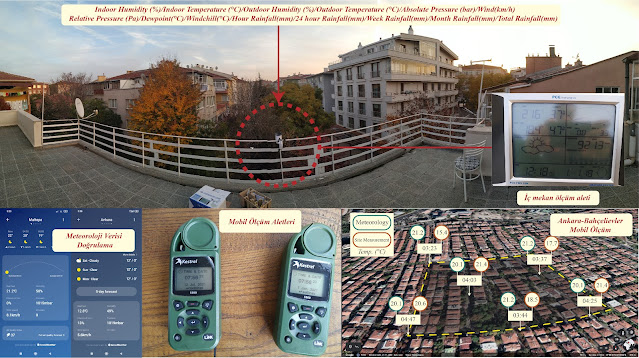How to use TRUBA for deep learning with PyTorch - 2

Today, we’ll build on the basics by diving deeper into TRUBA's functionalities. I will guide you through more advanced commands and configurations in your home directory. Following our baby steps metaphor, we’ll continue nurturing your project from its early stages to more complex operations. This tutorial is designed for macOS systems with Apple Silicon computers. Breathe When you want to execute computation, you need to prepare a .slurm file How to prepare .slurm file (e.g., job.slurm) ( 1 , 2 , 3 ) Go to personal directory: type cd /truba_scratch/username Start a .slurm file with touch jobName.slurm Delete a .slurm file with rm jobName.slurm Edit .slurm with command vi To enter insert mode: Press i To save changes: Press Esc , then type :w and press Enter To exit without save: Press Esc , then type :q and press Enter To exit with save: Press Esc , then type :wq and press Enter Example .slurm file #!/bin/bash #SBATCH -J "trial" #SBATCH -A username #SBATCH





